Entertainment
Designer Deals! 11 Fall Fashion Finds From Revolve on Sale for Up to 79% Off on August 15, 2023 at 9:50 pm Us Weekly
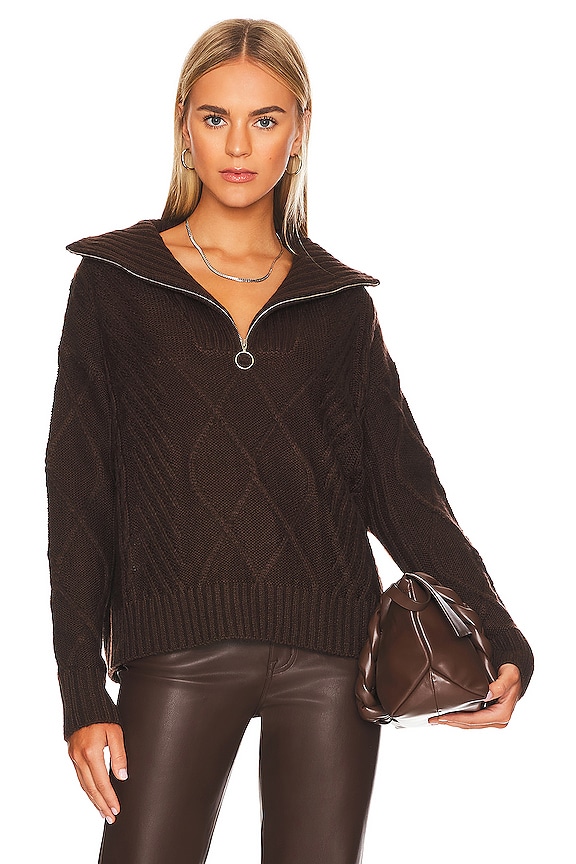
Us Weekly has affiliate partnerships so we may receive compensation for some links to products and services.
We have no shame in admitting that the majority of the clothes in our closet come from Amazon, H&M and Zara. It’s hard to keep up with all of the latest trends on a budget! We can’t constantly splurge on designer duds, just like we can’t book flights to all our dream destinations. But every now and then, we make an exception to shop at one of our favorite retailers: Revolve.
The shopping site is more than just a brand — it’s a lifestyle. From influencer trips to star-studded events, Revolve has taken over the elevated-yet-accessible fashion space. Whenever we need a look for a music festival or special occasion, we always turn to Revolve.
While most of the pieces are usually pretty pricey, today just so happens to be our lucky day! There’s a major end-of-summer sale, so we rounded up 11 deals you don’t want to miss — starting at just $25. Score these fall fashion finds before they sell out!
Agolde High-Rise Dark-Wash Jeans
Revolve
After months of searching for the perfect pair of high-waisted dark-wash denim, I finally came across these Agolde jeans on sale at Revolve! Run — don’t walk — to score these flattering pants. My new go-to for a night out!
House of Harlow x Revolve Long-Sleeve Mini Dress
Revolve
We love a long-sleeve mini dress, and this shimmering teal style is lovely for fall! Shoppers say this frock is flattering and beautiful.
Dr. Martens Combat Boots
Revolve
A little grunge and a little glam, these chunky combat boots from Dr. Martens are a cult-classic. Add some edge to your fall fashion in these leather boots.
Steve Madden Black Ruched Mini Dress
Revolve
The perfect LBD for girls’ night out, this ruched mini dress is fun, flirty and flattering! The material is stretchy and soft for maximum comfort.
Free People Off-the-Shoulder Top
Revolve
This off-the-shoulder long-sleeve top (with thumbholes!) is a fall staple! Most customers commented some variation of this review: “Versatile top. I’ve received a lot of compliments on this top. It drapes nicely and is very flattering.”
SNDYS x Revolve Cable-Knit Quarter-Zip Sweater
Revolve
Stay cozy all fall and winter in this cable-knit quarter-zip. Bring on the sweater weather!
Agolde Recycled Leather 90s Pinch-Waist Pants
Revolve
Made from recycled leather, these Agolde high-waisted pants are sustainable and stylish. We’ll be rocking these pinch-waist pants with tops and sweaters until spring.
Superdown Draped Mini Dress
Revolve
Lady in red! Silky-smooth in satin, this long-sleeve draped mini dress is ultra-flattering.
Show Me Your Mumu Ski Sweater
Revolve
Après ski, anyone? Get ready for snow season in this Ski sweater from Show Me Your Mumu! The pink color palette is Barbiecore-chic.
NONChalant Label High-Waisted Trousers
Revolve
Take these high-waisted trousers from the office to out on the town! According to reviews, these pants are flattering and versatile.
LBLC the Label Faux Leather Cropped Pants
Revolve
If faux leather is more your style, then shop these buttery-soft cropped pants that instantly “mold to your body.” Team these trousers with mules, loafers or ballet flats.
Not done shopping? See more of our favorite products below:
This post is brought to you by Us Weekly’s Shop With Us team. The Shop With Us team aims to highlight products and services our readers might find interesting and useful, such as wedding-guest outfits, purses, plus-size swimsuits, women’s sneakers, bridal shapewear, and perfect gift ideas for everyone in your life. Product and service selection, however, is in no way intended to constitute an endorsement by either Us Weekly or of any celebrity mentioned in the post.
The Shop With Us team may receive products free of charge from manufacturers to test. In addition, Us Weekly receives compensation from the manufacturer of the products we write about when you click on a link and then purchase the product featured in an article. This does not drive our decision as to whether or not a product or service is featured or recommended. Shop With Us operates independently from the advertising sales team. We welcome your feedback at [email protected]. Happy shopping!
Us Weekly has affiliate partnerships so we may receive compensation for some links to products and services. We have no shame in admitting that the majority of the clothes in our closet come from Amazon, H&M and Zara. It’s hard to keep up with all of the latest trends on a budget! We can’t constantly
Us Weekly Read More
Advice
How Music Makes or Breaks Your Film
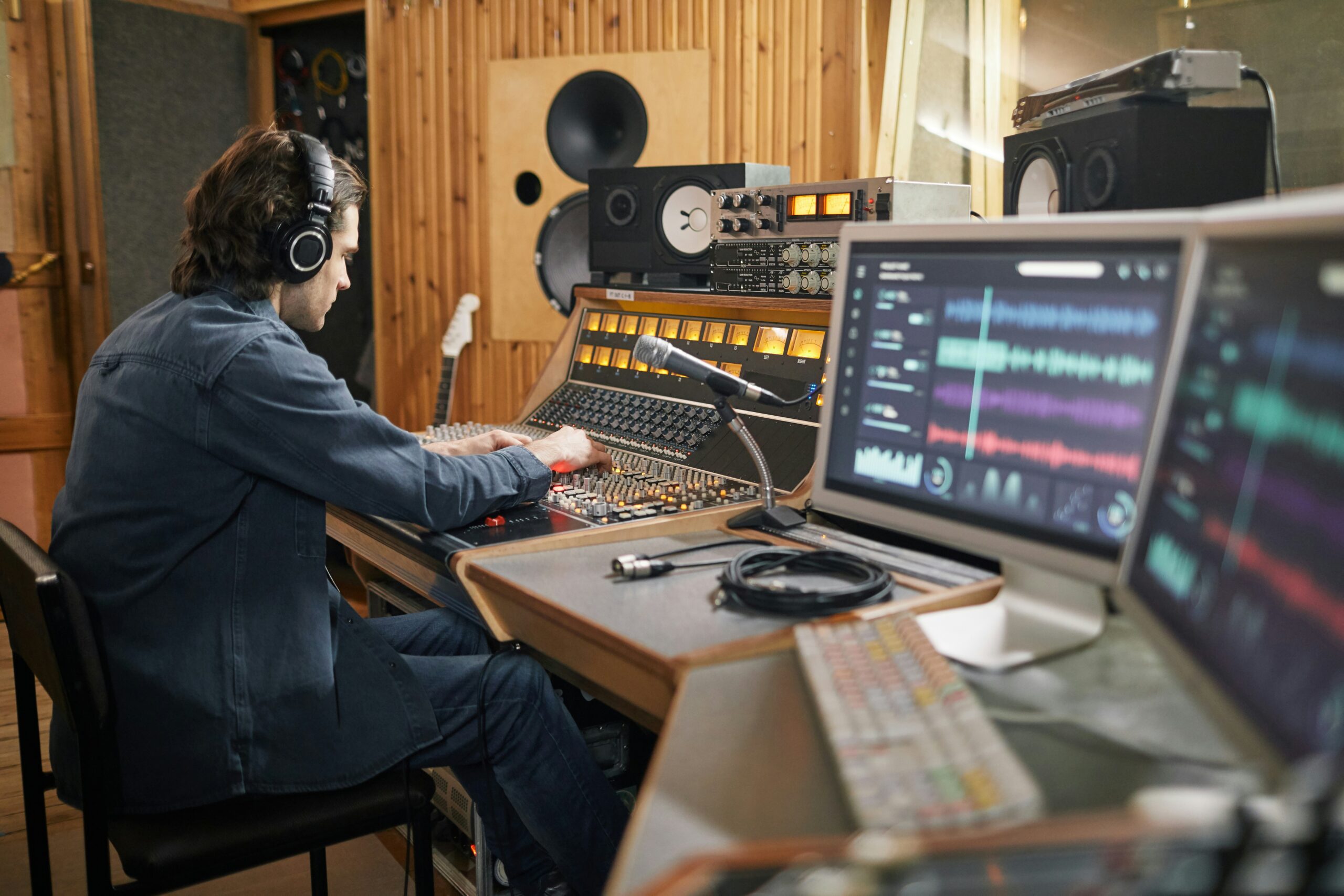
Music is one of the most powerful storytelling tools in a filmmaker’s arsenal. It can elevate a scene, transform emotions, and create a lasting impression that lingers with the audience long after the credits roll. A great score doesn’t just accompany a film—it becomes an inseparable part of the story, shaping its tone, amplifying its themes, and deepening its impact.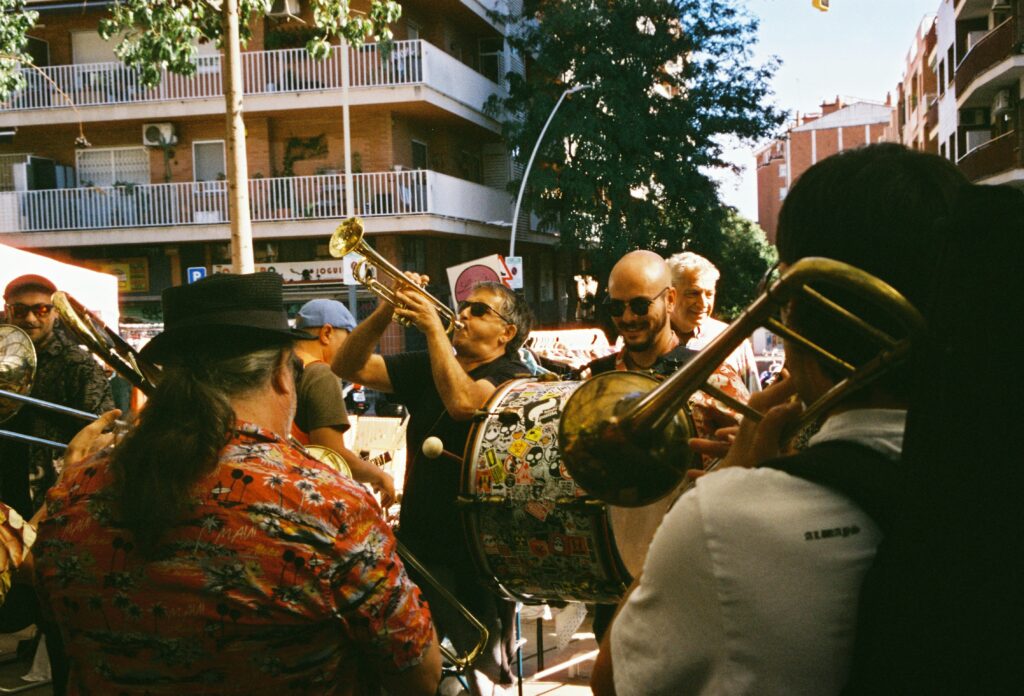
The Emotional Power of Music
Music has the ability to speak directly to our emotions, bypassing logic and touching something deeper. In film, this makes it an essential tool for setting the mood and intensifying emotional beats. A suspenseful score, like John Williams’ iconic theme in Jaws, can instill dread with just a few notes. Conversely, the whimsical melodies of La La Land lift viewers into a dreamlike state, reinforcing its themes of hope and passion.
Beyond overt moments, music often works in subtler ways. A minimalist score, as in Moonlight, can create introspection and vulnerability, pulling viewers closer to the characters’ inner worlds. When used effectively, music ensures the audience not only watches the story unfold but also feels every moment of it.
Motifs: Weaving Music Into the Story
One of the most effective ways to integrate music into a film is through motifs—recurring musical phrases associated with specific characters, ideas, or emotions. These motifs serve as auditory bookmarks that help the audience subconsciously connect with the narrative.
Think of the ominous “Imperial March” in Star Wars, which immediately signals Darth Vader’s presence and the looming threat of the Empire. Or the tender strains of the Shire theme in The Lord of the Rings, which evoke feelings of home and hope even during the darkest moments. By incorporating these musical threads, filmmakers can reinforce themes, foreshadow events, and enhance the audience’s emotional journey.

Tension, Release, and the Art of Silence
The ebb and flow of tension and release are vital to storytelling, and music plays a significant role in guiding these dynamics. A crescendo in a score, as seen in Inception’s high-stakes sequences, can heighten suspense, keeping viewers on the edge of their seats. Conversely, the absence of music, like in No Country for Old Men, can create an eerie stillness that draws attention to every sound and movement, amplifying the tension in unexpected ways.
Even unresolved chords or dissonant tones can evoke unease or anticipation, making them especially effective in horror or thriller genres. By manipulating musical tension, filmmakers can control the audience’s emotional experience, ensuring they remain engaged and invested in the story.
The Collaborative Magic of Filmmakers and Composers
A great score is often the result of a strong partnership between the filmmaker and the composer. This collaboration begins with open communication, as the filmmaker shares their vision, key themes, and emotional beats of the story. Temp tracks can provide a starting point, helping composers understand the desired mood. However, leaving room for creative interpretation allows composers to bring fresh ideas to the table.
Legendary partnerships, like that of Christopher Nolan and Hans Zimmer, showcase the magic that happens when filmmakers trust composers to experiment and push boundaries. Whether crafting groundbreaking soundscapes or refining classic motifs, these collaborations elevate films to new heights.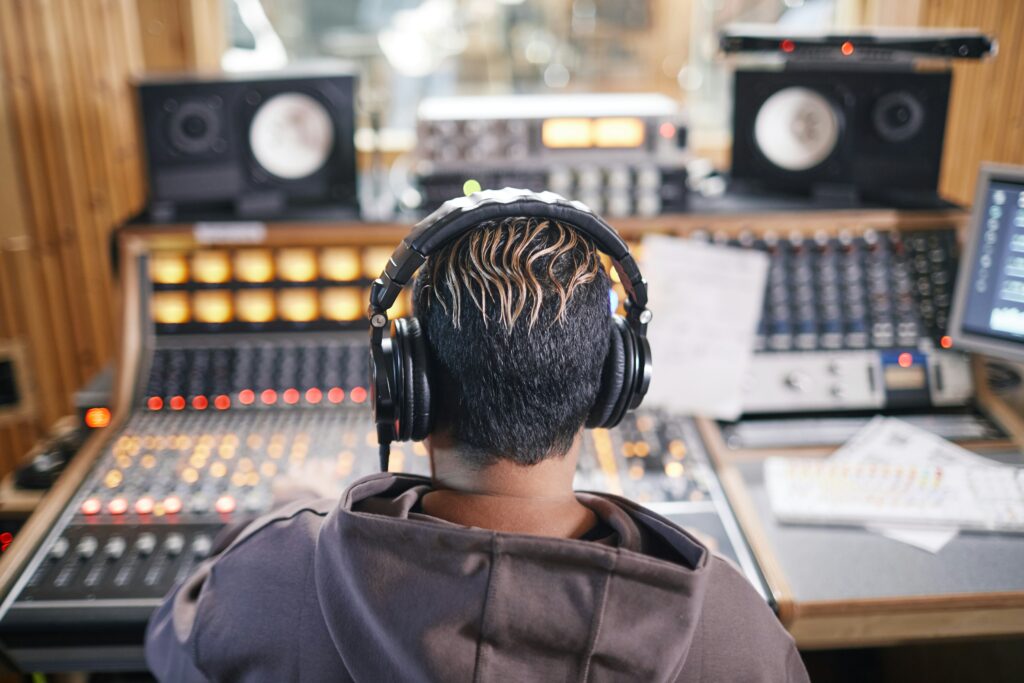
Scoring on a Budget: Creativity Over Cost
Independent filmmakers often face the challenge of creating a compelling score on limited budgets. Fortunately, great music doesn’t always require a big orchestra or a blockbuster budget. Platforms like Artlist and Epidemic Sound offer affordable, royalty-free tracks that can enhance a film’s mood. Local musicians or aspiring composers can also bring fresh, unique perspectives to a project, often at a fraction of traditional costs.
For those willing to experiment, tools like GarageBand or Logic Pro enable filmmakers to create simple yet effective tracks. With creativity and resourcefulness, even the smallest production can achieve a cinematic sound.
Conclusion: Crafting a Cinematic Symphony
The power of a film’s score lies in its ability to transcend the screen and connect with the audience on an emotional level. Music shapes the way we perceive a story, infusing each scene with mood, tension, and meaning. It underscores the triumphs, tragedies, and transformations that define the cinematic experience.
For filmmakers, understanding the role of music isn’t just about enhancing individual moments—it’s about crafting a cohesive emotional journey. The right score can unify a film’s visual and narrative elements, making them resonate as one. Whether you’re working with a world-class composer or creating tracks on your laptop, your film’s music should serve the story, amplify its themes, and leave a lasting impression.
Music is more than just sound; it’s a partner in storytelling, a silent narrator that speaks volumes. By embracing its potential, filmmakers can create not just memorable scenes but unforgettable experiences that linger in the hearts of their audiences.
Bolanle Media is excited to announce our partnership with The Newbie Film Academy to offer comprehensive courses designed specifically for aspiring screenwriters. Whether you’re just starting out or looking to enhance your skills, our resources will provide you with the tools and knowledge needed to succeed in the competitive world of screenwriting. Join us today to unlock your creative potential and take your first steps toward crafting compelling stories that resonate with audiences. Let’s turn your ideas into impactful scripts together!
Advice
How Color Shapes Film Mood and Tone
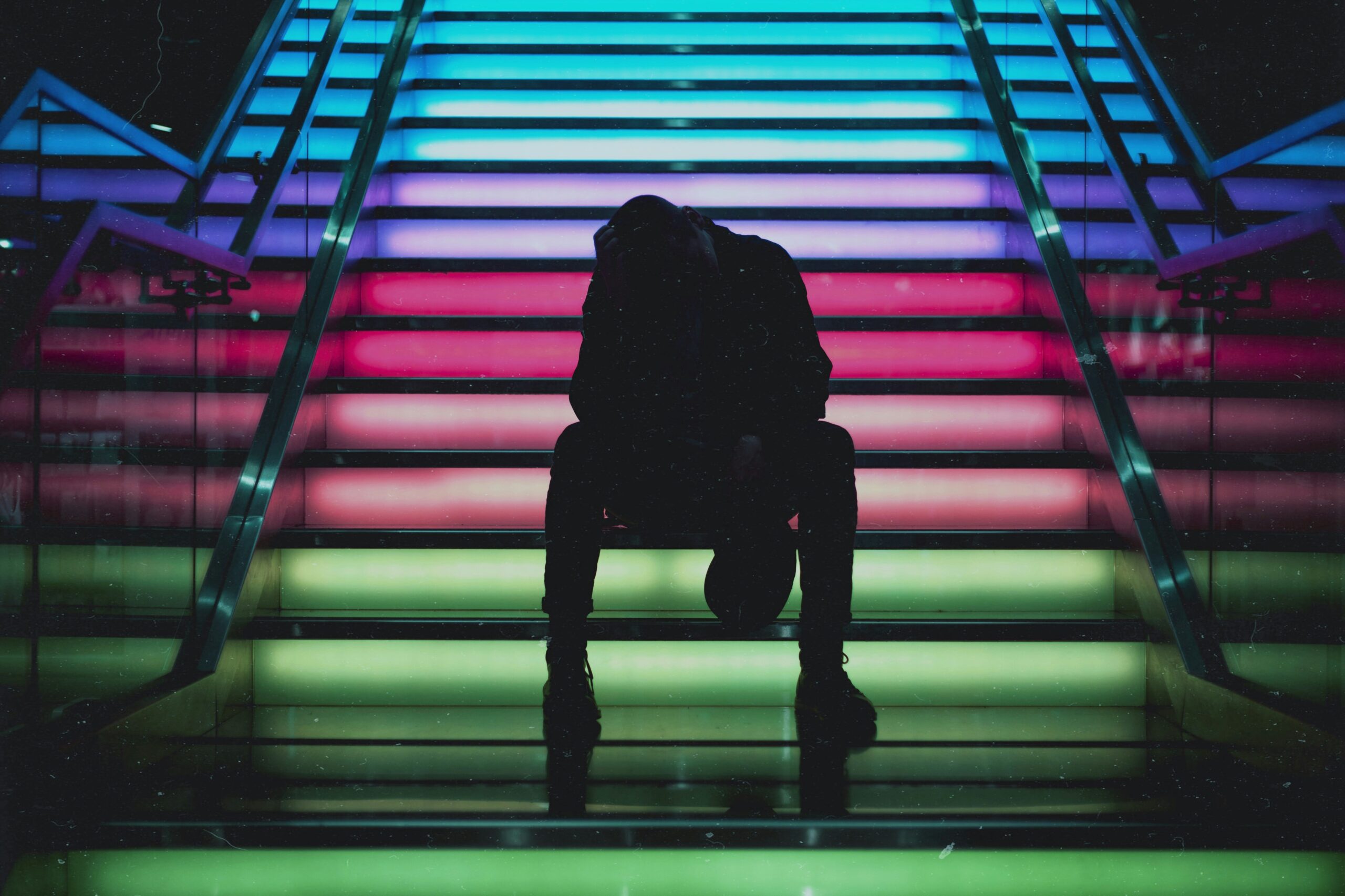
Color is a powerful storytelling tool in filmmaking. It shapes a film’s tone, influences emotions, and enhances visual storytelling. By understanding color theory and symbolism, filmmakers can craft compelling narratives that resonate with their audience on a deeper level.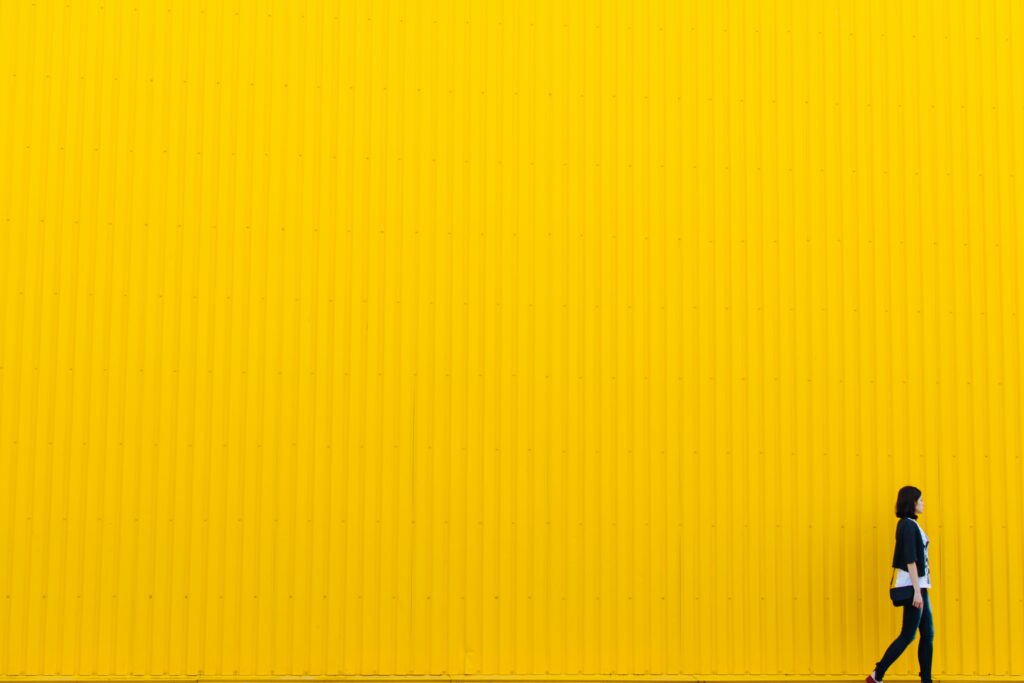
1. The Basics of Color Theory in Film
At its core, color theory helps filmmakers choose and combine colors to achieve specific effects.
- Primary Colors: Red, blue, and yellow are the building blocks of all colors.
- Color Harmony: Complementary (opposites on the color wheel) and analogous (adjacent colors) schemes create visual balance or tension.
- Warm vs. Cool Colors: Warm tones (red, orange, yellow) evoke energy and passion, while cool tones (blue, green, purple) create calmness or melancholy.
Understanding these basics allows filmmakers to design palettes that support their story’s emotional arc.
2. Setting the Tone with Color Palettes
A film’s color palette sets the mood and reinforces its themes.
- Monochromatic Schemes: Using shades of a single color can create a minimalist and cohesive look, as seen in Moonlight.
- Contrasting Colors: Films like Amélie use vibrant contrasts to highlight whimsy and vibrancy.
- Muted Tones: Desaturated colors in The Road evoke despair and a bleak post-apocalyptic world.
Choosing the right palette ensures the audience feels the intended emotions without overt exposition.
3. The Emotional Language of Colors
Colors evoke specific emotions and associations, making them essential for visual storytelling.
- Red: Passion, danger, or power (Schindler’s List: The girl in the red coat).
- Blue: Sadness, serenity, or isolation (Her: Melancholy longing).
- Yellow: Joy, caution, or decay (Breaking Bad: The descent into moral chaos).
- Green: Growth, envy, or the unnatural (The Matrix: A digital world).
Consider your story’s themes when assigning symbolic meanings to colors.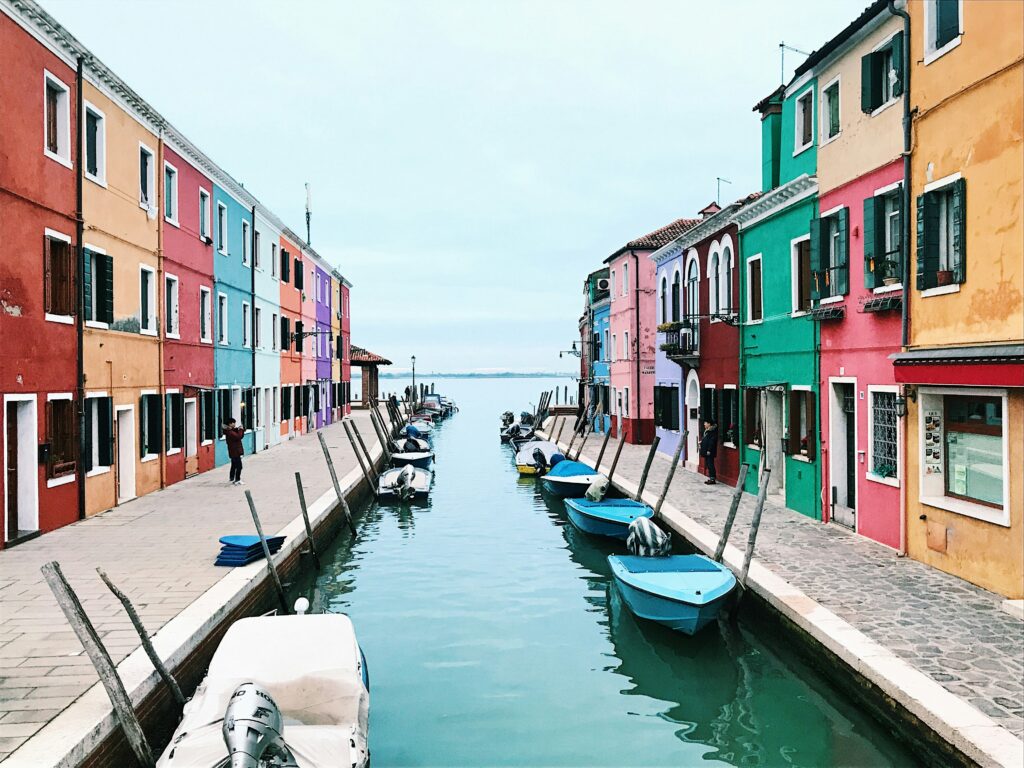
4. Practical Tips for Using Color on a Budget
Big budgets aren’t required to use color effectively.
- Lighting: Experiment with gels and filters to alter light color.
- Costume and Set Design: Coordinate wardrobe and props to align with your palette.
- Post-Production: Use color grading software to fine-tune tones and hues.
Indie filmmakers can create visually stunning projects by focusing on intentional color choices during pre-production.
5. Famous Examples of Color in Film
Learn from cinematic classics that masterfully use color:
- The Grand Budapest Hotel: Wes Anderson’s pastel hues create a whimsical, nostalgic world.
- The Godfather: Golden tones symbolize power and corruption.
- Black Panther: Vibrant colors celebrate African culture and Wakanda’s identity.
Analyze these examples to inspire your own projects.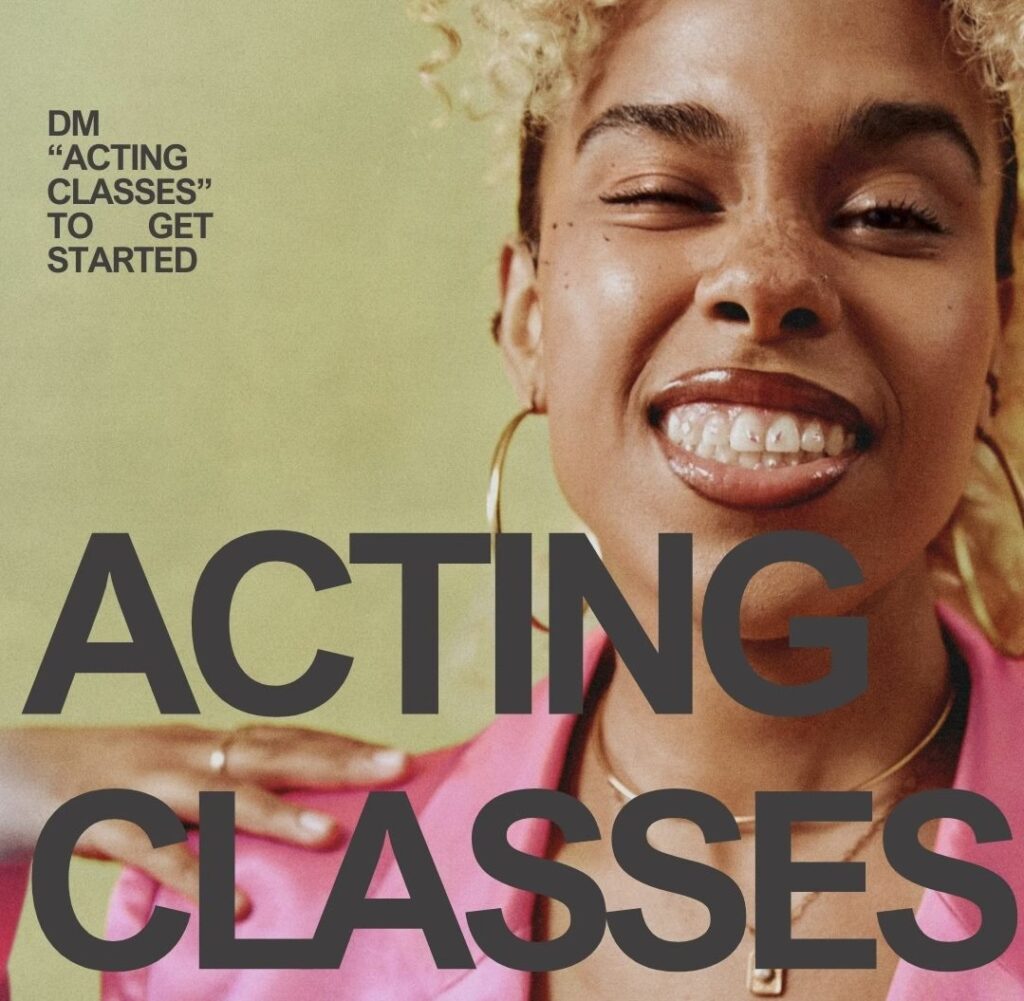
Conclusion
Color is more than a visual element—it’s a storytelling powerhouse. By understanding its emotional impact and mastering its practical application, filmmakers can elevate their craft. Whether you’re working on a blockbuster or an indie film, thoughtful color choices can make your story unforgettable.
Bolanle Media is excited to announce our partnership with The Newbie Film Academy to offer comprehensive courses designed specifically for aspiring screenwriters. Whether you’re just starting out or looking to enhance your skills, our resources will provide you with the tools and knowledge needed to succeed in the competitive world of screenwriting. Join us today to unlock your creative potential and take your first steps toward crafting compelling stories that resonate with audiences. Let’s turn your ideas into impactful scripts together!
Entertainment
What Chris Tucker and Jackie Chan Teach Us About On-Screen Chemistry

The on-screen chemistry between Chris Tucker and Jackie Chan exemplifies how two distinct personalities can create cinematic magic. Their collaboration in the Rush Hour series not only brought laughter and excitement to audiences but also showcased a unique blend of comedic timing, physicality, and cultural differences. This article explores the elements that contribute to their chemistry, the impact of their partnership on the action-comedy genre, and the valuable lessons we can learn from their dynamic.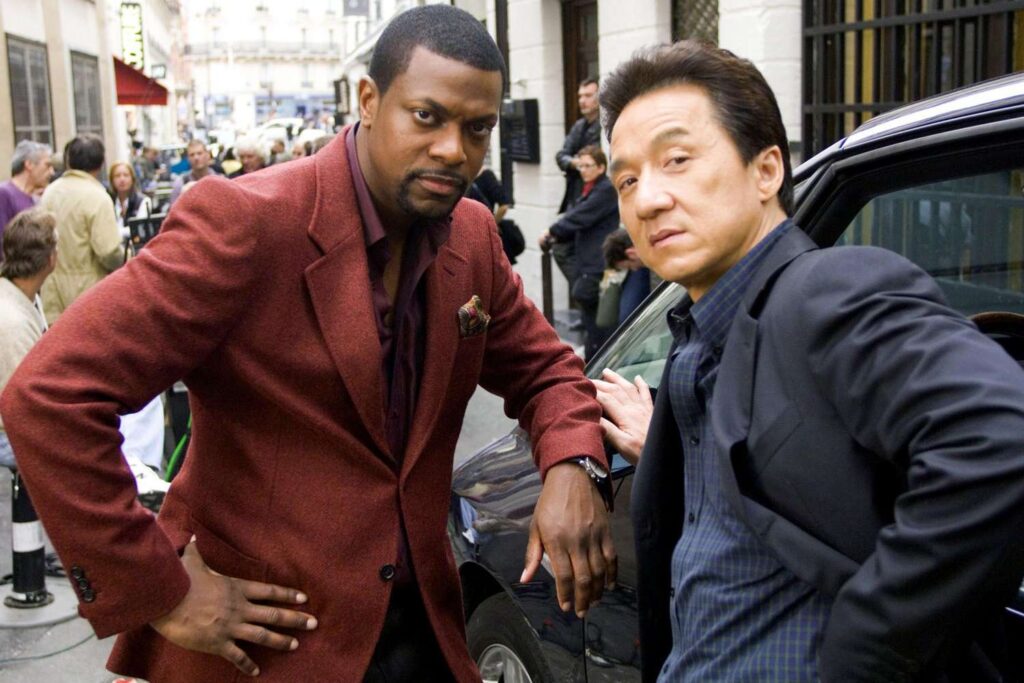
Contrasting Styles
A key aspect of Tucker and Chan’s chemistry is their contrasting styles. Jackie Chan is renowned for his martial arts skills and physical comedy, while Chris Tucker brings a high-energy comedic flair characterized by rapid-fire dialogue. This combination creates a delightful balance that keeps audiences engaged, as viewers enjoy the interplay between Chan’s action sequences and Tucker’s humor.
Cultural Exchange
Their films often explore themes of cultural exchange, with Tucker representing an American perspective and Chan embodying a traditional Chinese approach. This cultural juxtaposition leads to humorous misunderstandings and witty banter that resonate with diverse audiences. By navigating these differences, Tucker and Chan not only entertain but also educate viewers about the richness of their respective cultures.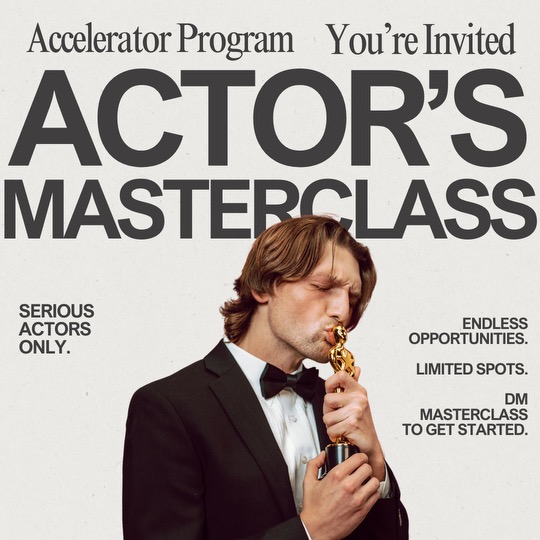
Improvisation and Playfulness
Both actors are known for their improvisational skills, which significantly enhance their on-screen chemistry. Their willingness to play off each other’s energy allows for spontaneous moments that feel genuine and entertaining. This improvisation shines in scenes where Tucker’s quick wit meets Chan’s physical comedy, resulting in memorable exchanges.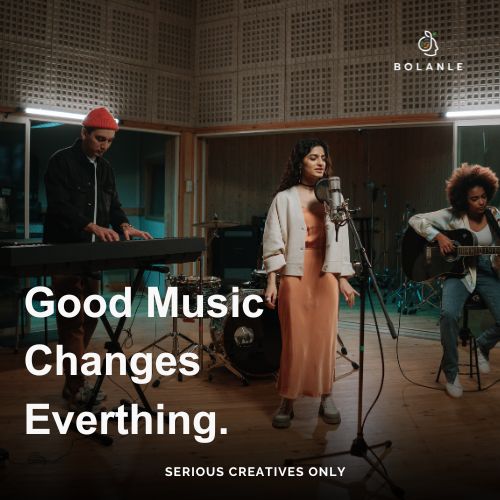
Impact on the Action-Comedy Genre
The success of the Rush Hour series revolutionized the action-comedy genre, paving the way for future collaborations between actors from different backgrounds. The blend of action-packed sequences with comedic elements became a formula that many filmmakers sought to replicate. Tucker and Chan’s chemistry not only entertained audiences but also demonstrated that diverse partnerships could lead to creative storytelling.
Lessons Learned from Their Dynamic
- Embrace Differences: Embracing contrasting styles can enrich storytelling.
- Prioritize Chemistry: Building rapport among actors is essential for engaging narratives.
- Encourage Improvisation: Allowing room for improvisation enhances both humor and emotional depth.
- Highlight Cultural Nuances: Thoughtfully exploring cultural differences resonates with audiences.

Conclusion
Chris Tucker and Jackie Chan’s chemistry is a testament to the power of collaboration in film. Their contrasting styles, cultural exchanges, and improvisational skills create a unique dynamic that resonates with viewers worldwide. By examining what makes their partnership special, filmmakers can gain valuable insights into crafting memorable cinematic experiences that leave lasting impressions on audiences long after the credits roll.
Bolanle Media is excited to announce our partnership with The Newbie Film Academy to offer comprehensive courses designed specifically for aspiring screenwriters. Whether you’re just starting out or looking to enhance your skills, our resources will provide you with the tools and knowledge needed to succeed in the competitive world of screenwriting. Join us today to unlock your creative potential and take your first steps toward crafting compelling stories that resonate with audiences. Let’s turn your ideas into impactful scripts together!
-
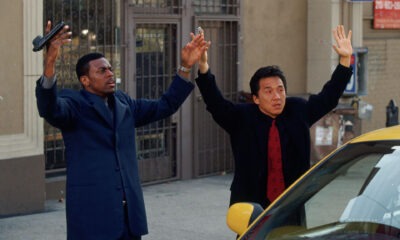
 Entertainment3 days ago
Entertainment3 days agoWhat Chris Tucker and Jackie Chan Teach Us About On-Screen Chemistry
-

 Advice7 days ago
Advice7 days agoThe Impact of Music on Film Pacing
-

 Advice1 week ago
Advice1 week agoHow to Create Unforgettable Movie Scenes
-
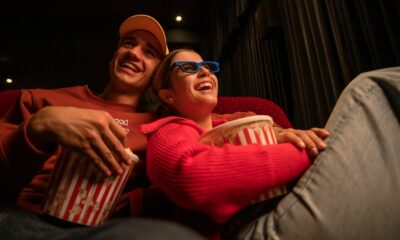
 Advice1 week ago
Advice1 week agoMaster the Art of Film Casting
-
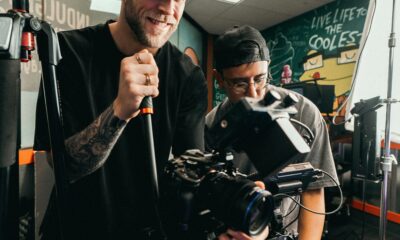
 Advice3 weeks ago
Advice3 weeks agoA Reality Check for Aspiring Filmmakers
-

 Advice1 week ago
Advice1 week agoReinventing Genres: Tips for Filmmakers
-
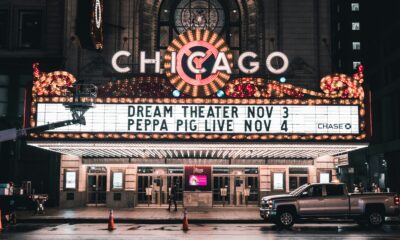
 Advice2 weeks ago
Advice2 weeks agoScreenwriting Tips for Aspiring Filmmakers
-

 Advice4 weeks ago
Advice4 weeks agoMastering Pacing for Compelling Storytelling








